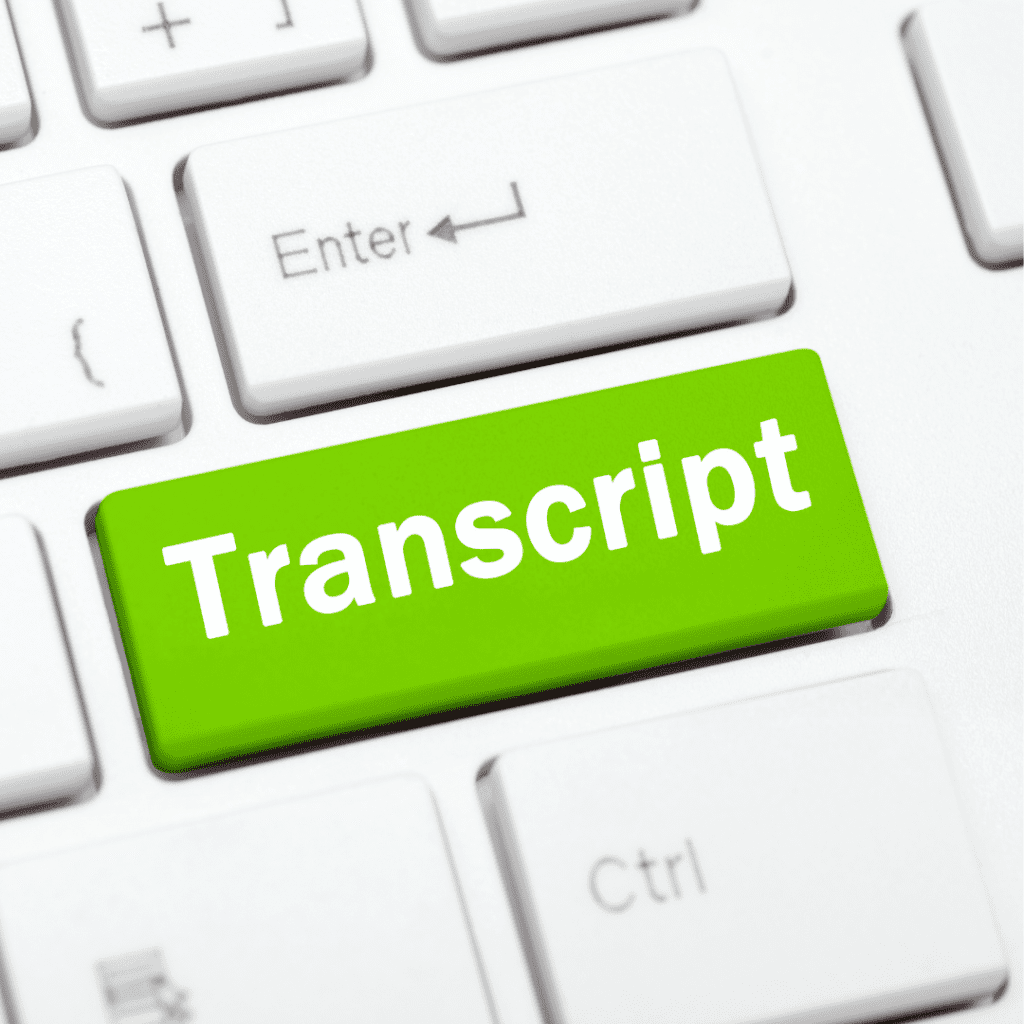5 Examples of Interview Transcripts in B2B Space
-
Bella Williams
- 10 min read

In the dynamic landscape of research methodologies, interview transcript stand as stalwart gateways to the depth of human experiences and perspectives. Whether exploring personal narratives, delving into societal issues, or evaluating professional interactions, interviews offer an intimate lens into the intricacies of qualitative data. To truly unlock the richness embedded in these conversations, transcription emerges as an indispensable ally, converting spoken words into written records.
The Transformative Power of Interview Transcript
Transcription transforms the ephemeral nature of spoken language into a tangible resource, preserving not just the words but also the nuances of communication – the pauses, hesitations, and even the unspoken elements. This blog post embarks on a journey through five distinctive interview transcript examples, each meticulously chosen to showcase the diverse facets of transcription techniques.
The Significance of Interview Transcript in Research
The significance of transcription in the research process cannot be overstated. It serves as the bridge between the spoken and the documented, enabling researchers to revisit, analyze, and draw insights from the wealth of information contained in interviews. Whether it’s a job applicant’s nervous pauses, a teacher’s impassioned observations, or an individual’s journey with health challenges, transcription lays bare the raw material for in-depth exploration.
A Multifaceted Exploration into Interview Transcripts
Our exploration will not only showcase different interview scenarios but also highlight various transcription approaches, from the meticulous precision of pure verbatim transcription to the nuanced editing of smart verbatim transcription. Each example provides a glimpse into the artistry involved in translating spoken words into written records, offering a comprehensive understanding of the varied methodologies employed in the transcription process.
Example 1: Job Applicant Interview
In the realm of job applicant interviews, where the stakes are high, precision becomes paramount. The utilization of pure verbatim transcription in this context is akin to creating a detailed map of spoken interactions. Every uttered word, every strategic pause, and every non-verbal expression is meticulously captured to craft a comprehensive record.
Speaker Designations and Timestamps: The Architectural Framework
In this meticulous process, the transcriptionist assumes the role of an architectural designer, constructing a framework where speaker designations and timestamps are the pillars. The goal is not only to document the spoken content but also to create a visual representation of the interview dynamics. By assigning speakers and timestamps, the transcript gains clarity and structure, offering a chronological roadmap for anyone seeking to analyze the conversation.
A Comprehensive Record for Evaluation
Furthermore, this level of detail contributes to the creation of an accurate and comprehensive record of the interview. Employers, researchers, or HR professionals can delve into this transcript to evaluate not only the content of the conversation but also the intricacies of non-verbal communication. It becomes a tool for analyzing the candidate’s demeanor, communication style, and overall suitability for the position.
Insights for Decision-Making
Going forward, the value of pure verbatim transcription in job applicant interviews extends beyond documentation; it serves as a reservoir of insights for decision-making. Recruiters can glean information about a candidate’s level of confidence, ability to handle stress, and even their interpersonal skills.
Example 2: Field News Reporter Interviewing a Film Director (Smart Verbatim Transcription)
Furthermore, in the fast-paced world of field reporting, interviews can be unpredictable. Smart verbatim transcription strikes a balance by excluding irrelevant elements without compromising meaning or tone. Imagine a news reporter interviewing a film director on location – a dynamic conversation where adaptability is key.
Handling overlapping speech and accurately identifying speakers are challenges in smart verbatim transcription. Strategies may involve inserting clear markers for speaker changes and using ellipses to denote pauses. This approach ensures a clean, concise transcript while preserving the essence of the conversation.
Example 3: Digestive Disorders – Brenda
Shifting gears, let’s delve into a personal interview scenario. Brenda shares her journey with digestive disorders, offering a glimpse into her experiences. This example demonstrates the importance of empathy in understanding the emotional nuances embedded in the conversation.
Key insights from Brenda’s narrative might include recurring symptoms or challenges faced during treatment. The transcript becomes a valuable resource for researchers seeking to grasp the intricacies of personal narratives and the impact of health-related discussions.
Example 4: Teacher’s Observations of Child Oppression
Essentially, education is not immune to societal issues, as illustrated in this interview with a teacher discussing child oppression. Empathy plays a pivotal role in interpreting this transcript, allowing the researcher to grasp the emotional weight carried by both the interviewer and interviewee.
Example 5: Digestive Disorders – Sam
In essence, returning to the theme of digestive disorders, Sam’s interview offers a different angle compared to Brenda’s case study. Contrasting viewpoints and unique insights emerge, showcasing the diversity of experiences within the same broad topic.
Moreover, transcribing this conversation provides researchers with a mosaic of perspectives, enriching their understanding of the multifaceted nature of digestive disorders. Each interview adds a layer to the narrative, contributing to a comprehensive understanding of the subject.
Conclusion: The Way Forward With Interview Transcript
In conclusion, interview transcripts are invaluable assets for researchers, providing a detailed look into the complexities of human experiences and perspectives. Furthermore, leveraging both transcription and analysis techniques is key to unlocking meaningful findings from these conversations.
As we navigate the evolving landscape of research methodologies, tools like Insight7, an innovative AI-powered solution, emerge as game-changers. Finally, this platform streamlines the entire transcription process with advanced features and an intuitive interface, offering researchers a competitive advantage in terms of time efficiency and data comprehensiveness.








